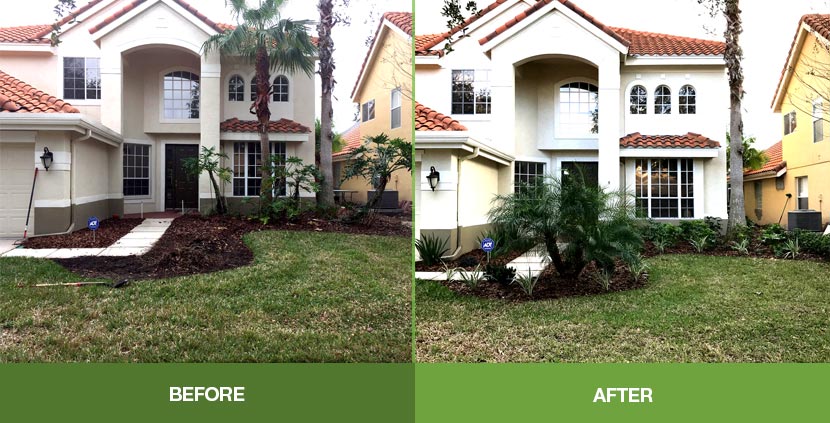
All Pro Tree and Landscaping - Tree Diagnosis
The Tampa Bay area is notorious for its strong storms and damage-prone tall palm trees. If your trees have suffered damage due to a storm, lack of care, old age or any other reason, reach out to All Pro Tree and Landscaping for expert assistance. We’ll diagnose your tree problems in-depth. Our tree aficionados have the extensive experience and knowledge necessary to analyze tree health. Our experts’ trained eyes and deductive reasoning skills empower them to perform tree diagnosis with accuracy.
Trees in urban areas of Tampa Bay endure especially brutal stimuli. Some such trees do not have the genetic predisposition to deal with these forces. Our arborists are here to analyze the nuances of your trees as well as their surrounding environment to cut directly to the core of the problem. We’ll custom-tailor solutions that promote the health of your unique trees. Let’s take a look at the most prevalent tree disorders across the greater Tampa Bay area.

Mistletoe
Numerous Tampa Bay trees are plagued by the parasitic plant known as mistletoe. Once the mistletoe seed germinates and extends through the bark where the water-conducting tissues are located, haustoria occur. Haustoria are best described as structures similar to root that move up through the branch while the mistletoe grows. Mistletoe absorbs water as well as essential mineral nutrients from the host tree. Though healthy trees can withstand a few mistletoe infections, specific branches can be weakened or even destroyed. Trees that are plagued by excessive mistletoe can endure stunted growth. Some will perish as a result of the infestation. Mistletoe can be contained with the pruning of infected branches. Pruning of the compromised branches occurs immediately after the parasite manifests. These branches should be cut at their origin or at least all the way back to the sizable lateral branches. If your Tampa Bay tree is plagued by a particularly nasty infestation, it should be removed from your property. Replace it with a tree species that is less susceptible to mistletoe and you will do as much as you can to safeguard surrounding trees.

Co-Dominant Stems
Two or more primary stems (also referred to as “leaders”) that are nearly the same diameter and extend from the same point on the tree’s trunk are known as co-dominant stems. As the tree ages, the stems stagnate in size. None of the stems emerges as dominant. These stems might appear ordinary to the layman yet, in reality, they are actually quite dangerous. Co-dominant stems often fail at a higher rate than others, especially during storms. The stems that create an angular “V” shape along the base generate a convergence that is structurally weak. When these stems expand, they push bark into one another, causing what is referred to as a “bark inclusion”. This damage hastens decay within the tree that can ultimately result in death.

Soil and Roots
Trees and the soil below are dependent on one another. Most tree experts are quick to point out that tree decline is often caused by soil stress. The soil in urban areas of Tampa Bay is commonly altered in a manner that is not conducive to sustainable tree growth. Some such spaces lack an organic layer. Others are overly compacted, have insufficient drainage, have an egregiously high pH level or are contaminated with chemicals. Even something like subsurface barriers created by underground utilities or structural foundations can stunt root growth and hinder tree health.

Damage From Lightning
There is no denying the power of lightning. This natural force harms people and structures as well as trees. A single strike of lightning can extend over five miles in length and generate temperatures in excess of 50,000 degrees. Trees cover a fairly large portion of the landscape due to their inherently massive size. If a tree is hit by lightning, its structural integrity and biological functions can be damaged. Lightning induces the creation of steam, the boiling of sap and the explosion of cells within the wood. As a result, wood and/or bark can be blown straight out of the tree. A direct lightning strike has the potential to damage a tree to the extent that it causes internal harm. Some lightning strikes even damage areas beneath the tree that can’t be seen with the naked eye. The electrical current from the lightning bolt moves from the tree trunk to the roots and into the ground. If lightning damage breaks branches on one of your trees, it is a hazard. All Pro Tree and Landscaping can perform the corrective pruning necessary to eliminate this hazard and return your tree’s aesthetic to normal. We advise waiting a couple months or longer to perform extensive corrective pruning so we can assess whether the tree will bounce back.
Ready to transform your landscape?
Contact AllPro Tree & Landscaping today at (727) 409-3315 for expert tree and landscaping services in Pinellas, Pasco, and Hillsborough counties.

